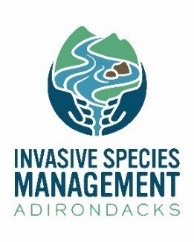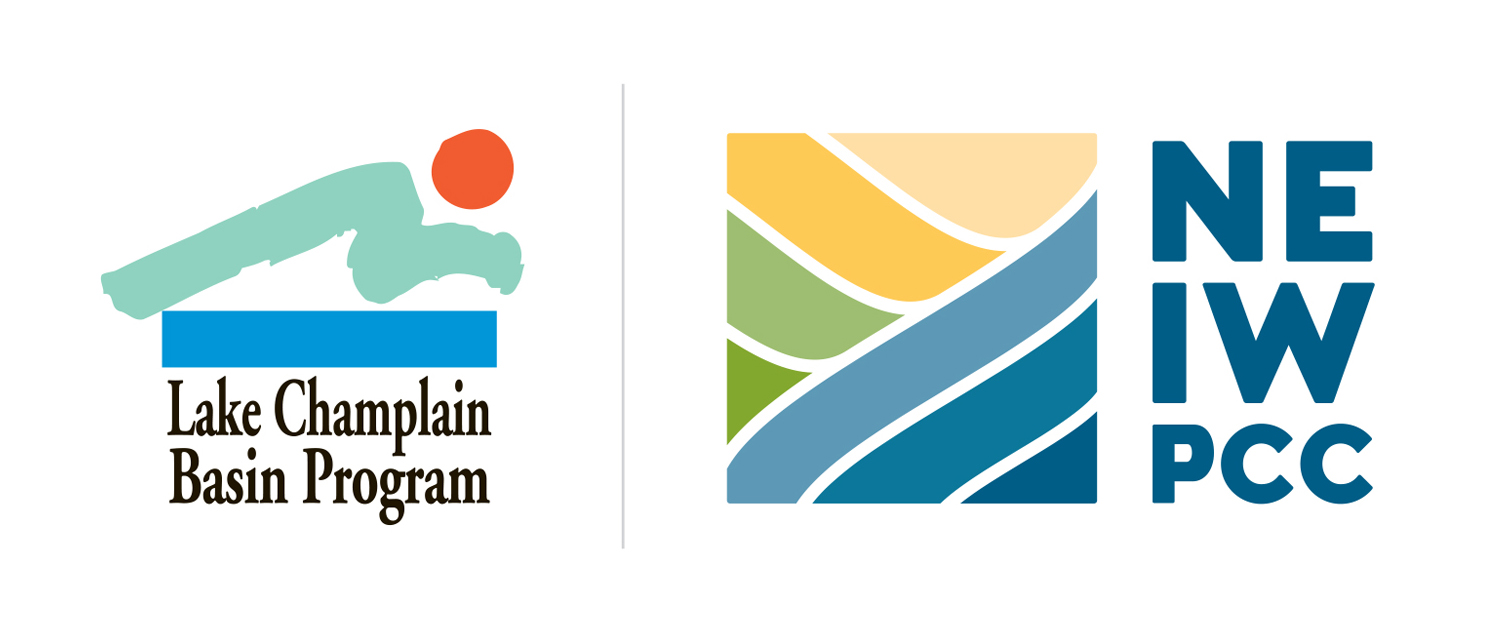APIPP and LCBP Release Field Guides to Invasive Species
The two free guides cover aquatic and terrestrial invasive species of the Adirondacks
Contact Information:
Shaun Kittle, Communications Coordinator, Adirondack Park Invasive Plant Program – The Nature Conservancy, shaun.kittle@tnc.org, (518) 570-2501 (c)
Meg Modley, Healthy Ecosystems & AIS Management Coordinator, Lake Champlain Basin Program, mmodley@lcbp.org, (802) 372-3213 or (800) 468-5227
ADIRONDACKS — Two organizations that work to protect our region’s lands and waters from environmental and economic harm caused by invasive species —The Nature Conservancy’s Adirondack Park Invasive Plant Program (APIPP) and the Lake Champlain Basin Program (LCBP)—have released a pair of free complementary guides on invasive species in the Adirondacks.
Together, APIPP’s Field Guide to Terrestrial Invasive Species of the Adirondacks and LCBP’s Lake Champlain Basin Aquatic Invasive Species Guide provide information on more than 70 invasive plants and animals that have been identified in the Adirondack region.
Both booklets can help people identify these plants and animals, and include the defining characteristics of each species, common look-alike species, habitat descriptions and photos.
LCBP’s new guide covers aquatic invasive species and includes anatomical diagrams and known distribution within and near the Lake Champlain watershed.
APIPP’s new guide focuses on terrestrial invasive species, and includes information on managing terrestrial invasive species and a primer on plant identification. It also includes information about how to use the iMapInvasives app to enter data into New York state’s invasive species database.
Both guides were developed to help outdoor recreationists, property owners and others recognize potentially harmful non-native species in the region’s lands and waterbodies in order to help reduce the spread of these species.
Meg Modley, LCBP’s aquatic invasive species management coordinator, said: “The Aquatic Invasive Species Guide is a great resource for residents and recreational users in identifying and preventing the spread of aquatic invasive species. New information in this updated version will help equip lake users with identification tools to help report and address evolving species threats to our waterbodies. It is an ideal complement to APIPP’s new terrestrial invasive species guide.”
Becca Bernacki, APIPP’s terrestrial invasive species project coordinator, said: “The Field Guide to Terrestrial Invasive Species of the Adirondacks is a valuable tool for helping people learn to identify and report some of the most common invasive plants and pests that pose a threat to Adirondack landscapes. People don’t need a science background to use the guide; in fact, it was written with beginner naturalists in mind and it can be used as a jumping-off point for anyone who wants to learn plant identification techniques.”
For a species to be considered invasive, it must be non-native to the ecosystem under consideration and the species’ introduction must cause, or be likely to cause, harm to the economy, environment or human health.
More than 70 terrestrial invasive species have been documented in the Adirondack region, and species like small carpetgrass, Japanese hops and oak wilt are found just outside of the region’s borders.
Lake Champlain is home to 51 known aquatic non-native or invasive species. The last invasive species detected in Lake Champlain was the fishhook waterflea in 2018, but several species, including round goby, quagga mussel and hydrilla, pose an imminent threat. The Great Lakes, Hudson River, and St. Lawrence River, which are all connected to the lake, harbor dozens more potential invaders.
To download or order a copy of the field guides or other free outreach materials, visit www.adkinvaisves.com or www.lcbp.org.
###
The Adirondack Park Invasive Plant Program’s mission is to work in partnership to minimize the impact of invasive species on the Adirondack region’s communities, lands, and waters. APIPP serves as the Adirondack Partnership for Regional Invasive Species Management (PRISM), one of eight partnerships across New York. APIPP is hosted by The Adirondack Chapter of The Nature Conservancy and receives financial support from the Environmental Protection Fund administered by New York State Department of Environmental Conservation.

The Lake Champlain Basin Program coordinates and funds efforts that benefit the Lake Champlain Basin’s water quality, fisheries, wetlands, wildlife, recreation, and cultural resources. The program works in partnership with federal agencies, state and provincial agencies from New York, Vermont, and Québec, local communities, businesses, and citizen groups. NEIWPCC—a regional commission that helps the states of the Northeast preserve and advance water quality—serves as the primary program administrator of LCBP at the request of the Lake Champlain Steering Committee and administers the program’s personnel and finances. LCBP is a program partner of NEIWPCC. For further information, contact the Lake Champlain Basin Program, 54 West Shore Road, Grand Isle, VT at (802) 372-3213 / (800) 468-5227 or visit www.lcbp.org.
